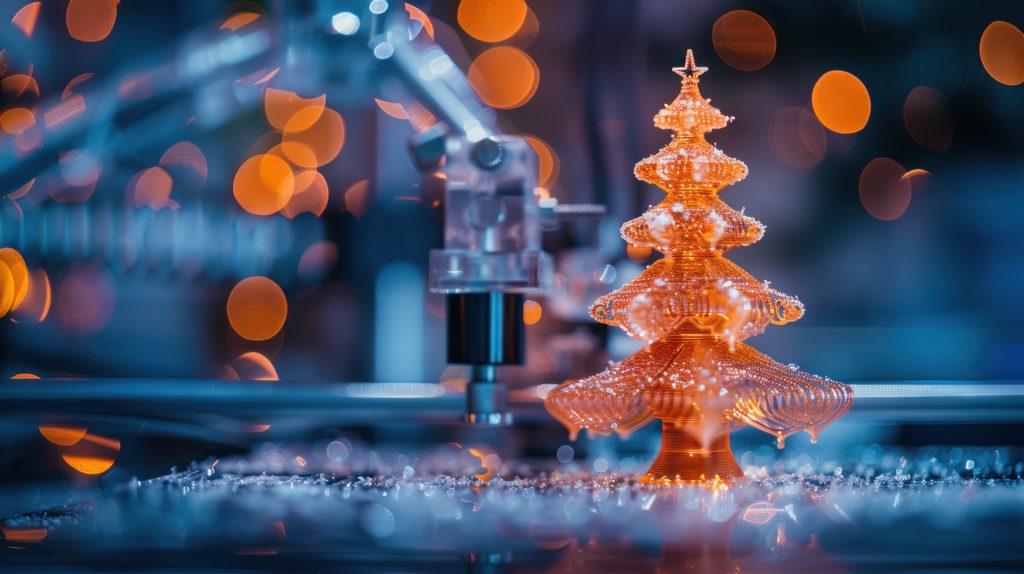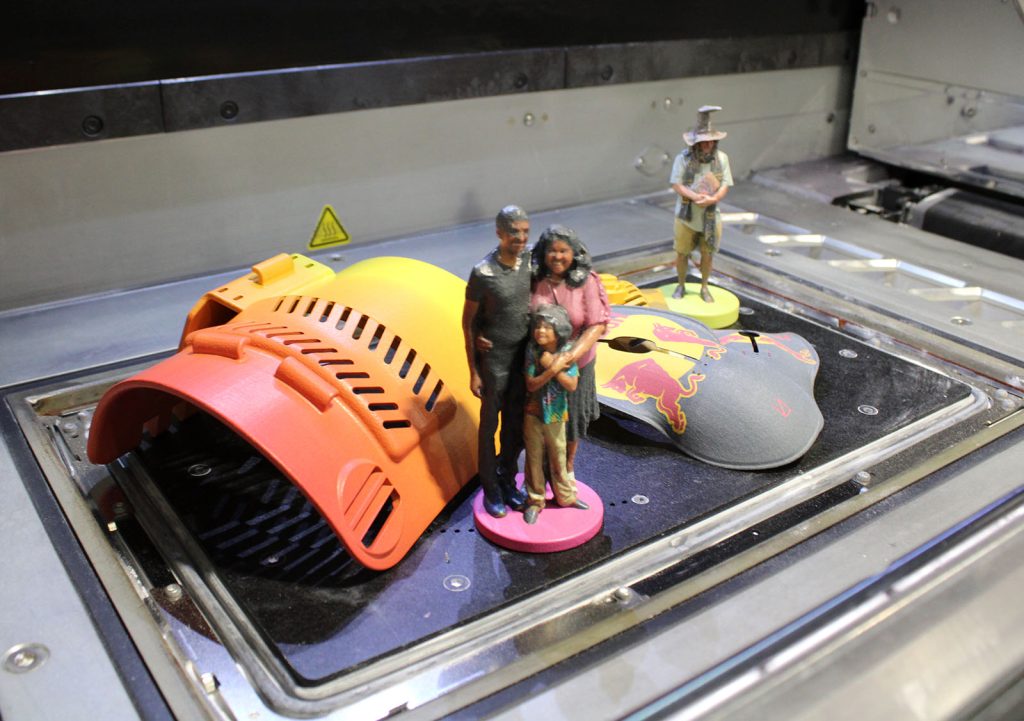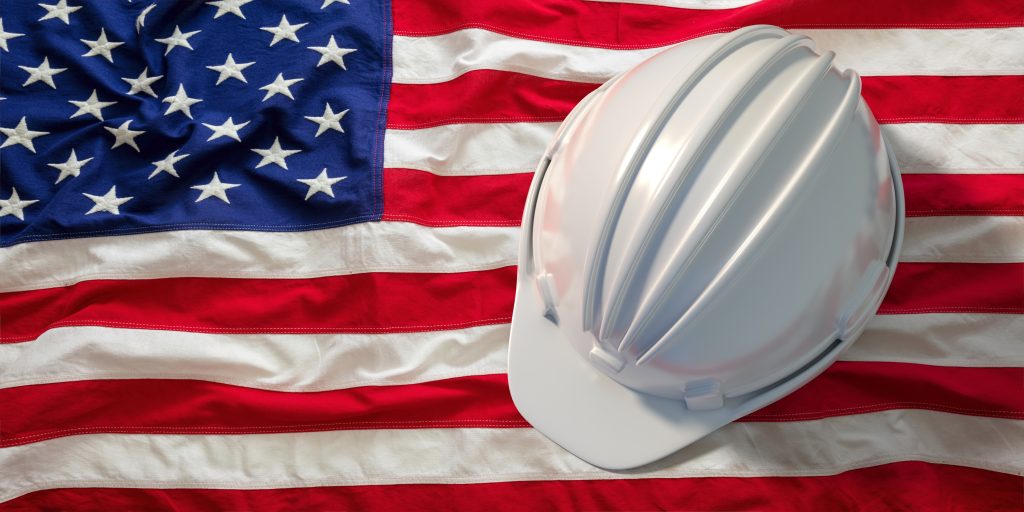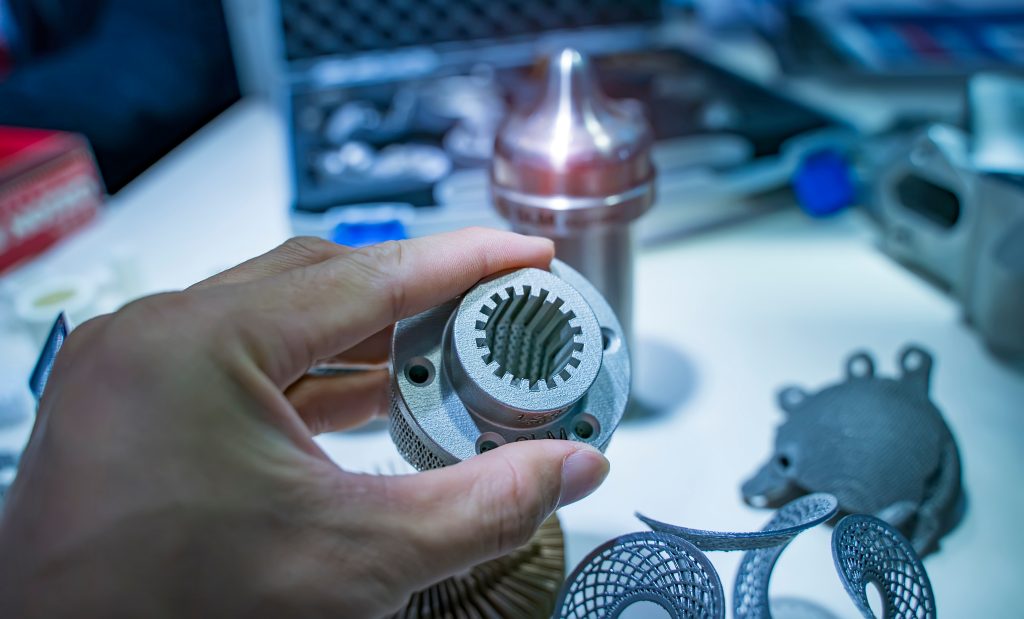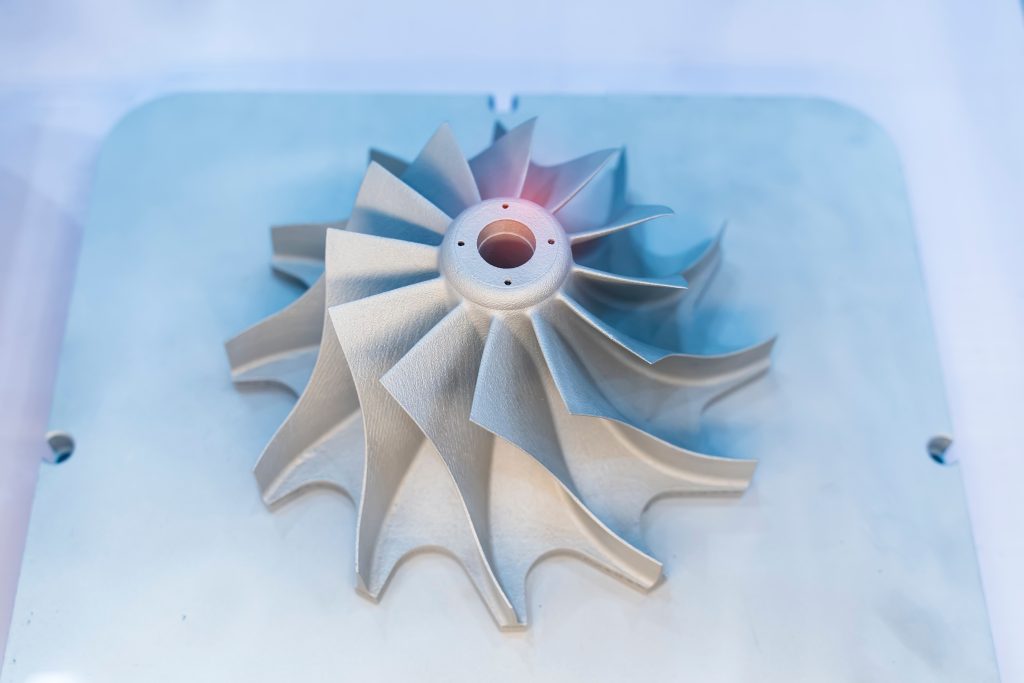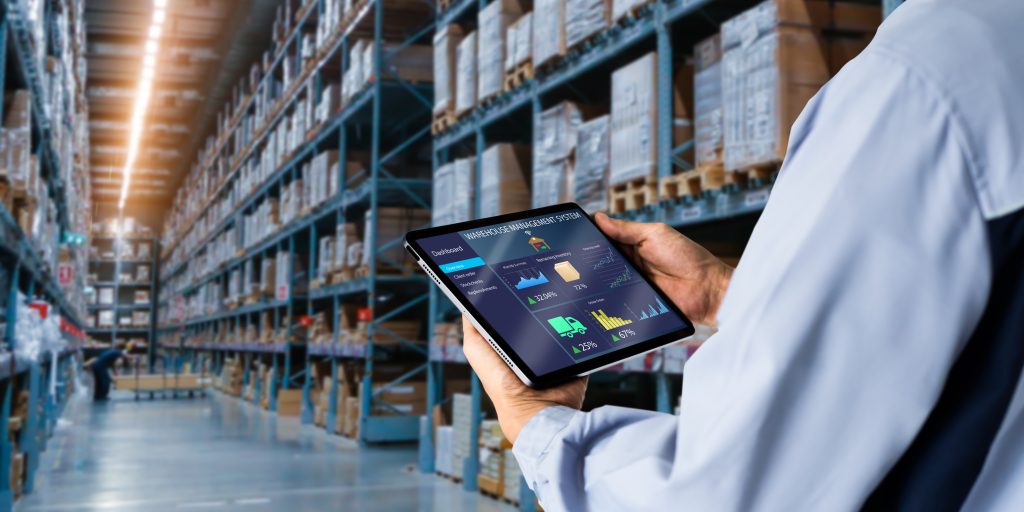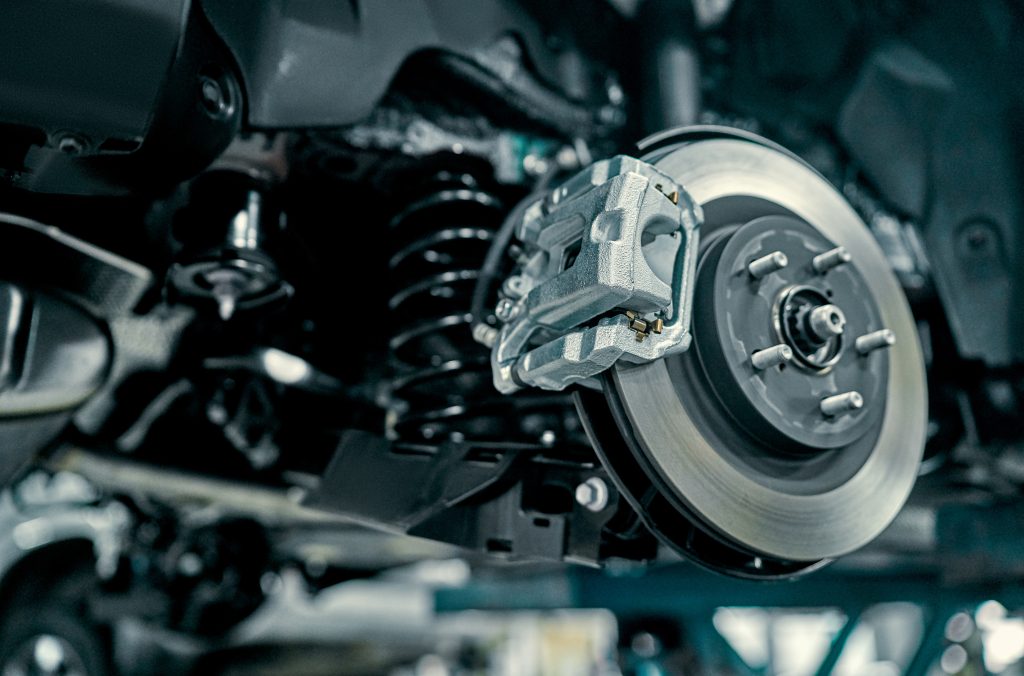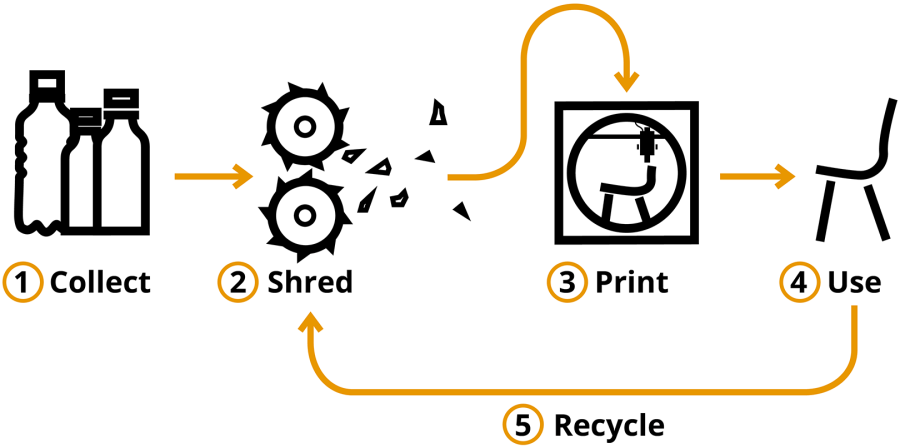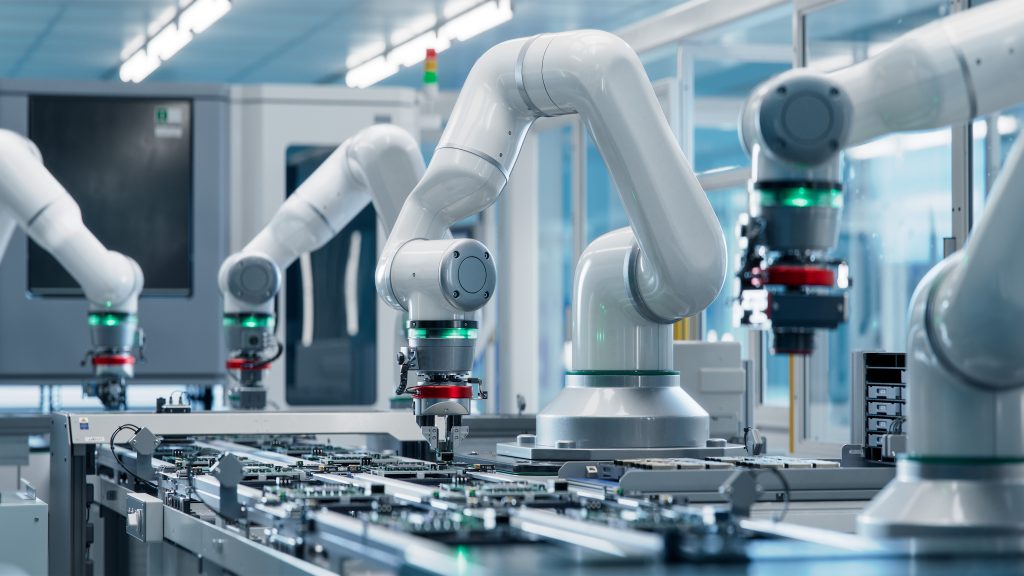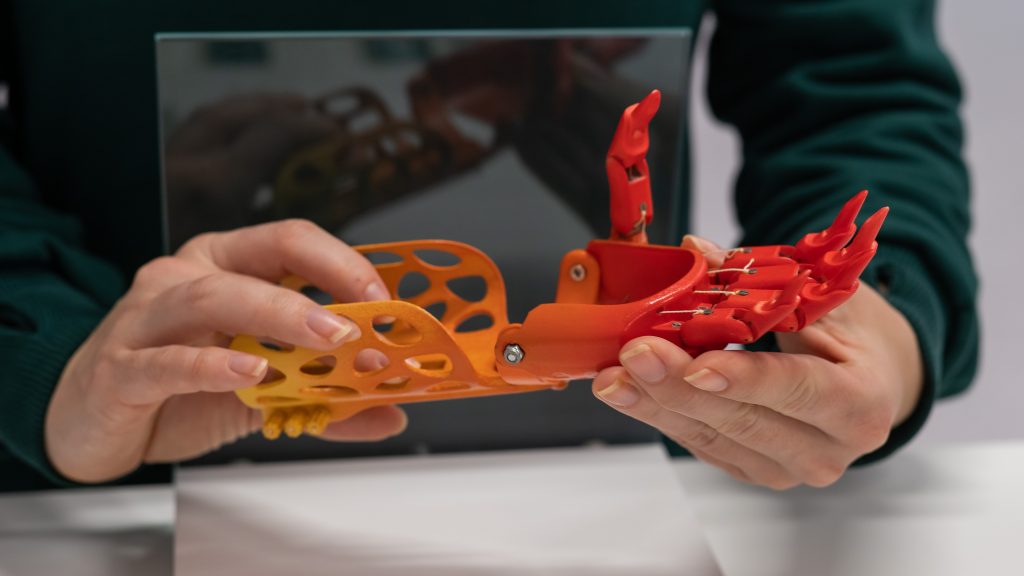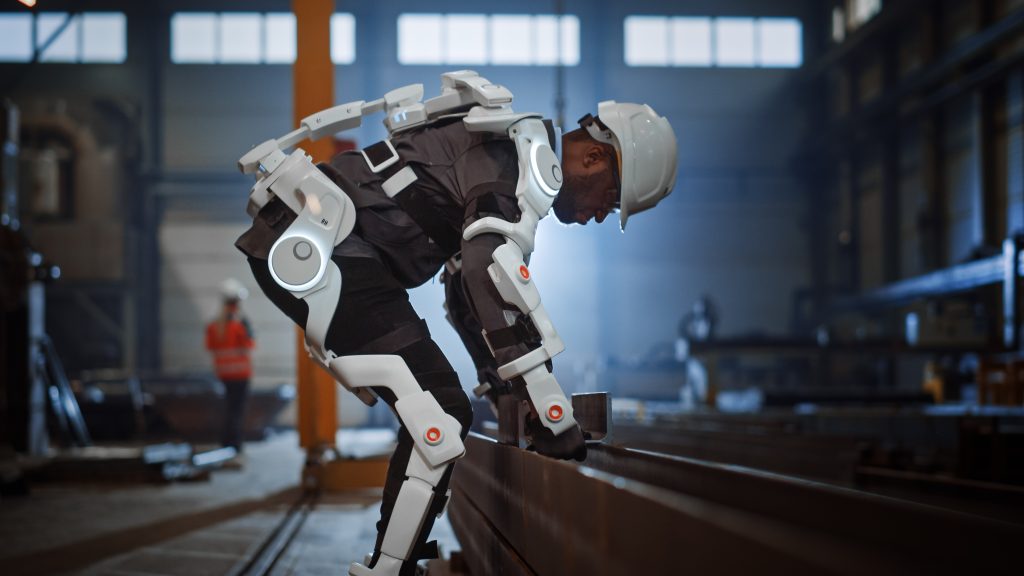Additive manufacturing, or 3D printing, has come a long way from its early days. What once seemed experimental is now powering the future of how we design, produce, and deliver products, especially here in the United States.
At ABCorp, this shift feels familiar. We’ve been evolving for over 230 years, surviving and thriving through wars, industrial revolutions, and massive market swings. That kind of endurance doesn’t come from standing still; it comes from being ready for what’s next.
Today, we see additive manufacturing not just as a tool for innovation, but as a force for building a more resilient, self-sufficient U.S. economy. And we’re not just watching it happen — we’re helping lead the charge.
Supply Chain Chaos? We Planned Ahead
The last few years have shown the fragility of global supply chains. Between unpredictable tariffs, raw material shortages, and painfully long overseas lead times, manufacturers everywhere have had to rethink how—and where—they produce parts.
At ABCorp 3D, we anticipated this exact disruption by strategically pre-purchasing raw additive manufacturing materials. It wasn’t just a hedge; rather, it was a tactical move to ensure stability for our customers. This investment allows us to provide consistent near-term pricing for our clients as the tariff environment continue to unfold, delivering unique value in today’s volatile market.
This is more than just good logistics. It’s a real-world example of how additive manufacturing enables businesses to stay nimble, protect operations, and keep customers first no matter the macroeconomic environment.

Redefining Where—and Why—Manufacturing Happens
For decades, the mantra in manufacturing was simple: go where labor is the most cost-effective. That approach led to widespread offshoring, as companies chased low costs and scalable volume at the expense of speed, flexibility, and, sometimes, quality.
Now, additive manufacturing is turning that old mode on its head.
Since 3D printing doesn’t rely on large workforces or expensive tooling, it dramatically reduces the cost advantage of offshoring. Precision parts that were once required to be mass-produced in remote factories can now be created quickly and economically, right here on U.S. soil. This shift is fueling a strong reshoring movement and breathing new life into American manufacturing.
Reshoring manufacturing back to the U.S. can dramatically shrink lead times. Instead of waiting weeks or months for parts to arrive from across the globe, companies can produce components locally, often within days. This is especially valuable in sectors like aerospace, defense, and healthcare, where speed and security are paramount. Companies gain greater control, more consistent quality, and less exposure to unpredictable global events that could grind their operations to a halt.
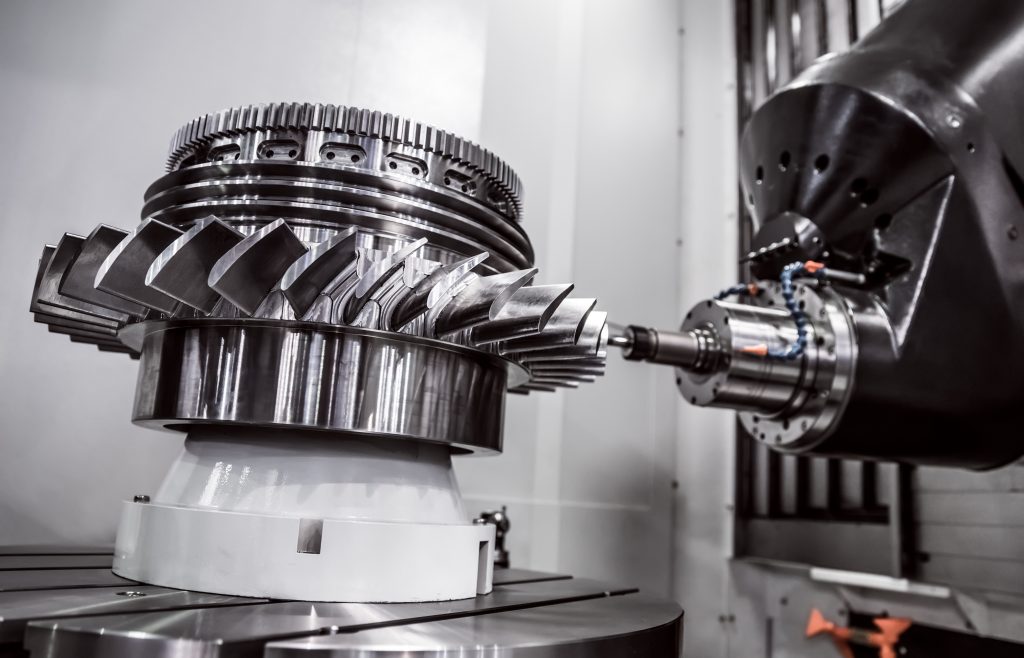
Creating Jobs—and a Future-Ready Workforce
Additive manufacturing isn’t just reshaping how we make things. It’s also opening a wave of new, high-skill job opportunities here in the U.S.
As adoption of 3D printing grows, so does the need for trained professionals such as machine operators, material scientists, engineers, and designers. These aren’t just jobs, they’re careers — future-focused roles that contribute to a stronger, more diversified workforce. And with demand rising, the additive manufacturing industry is set to play an even bigger role in rebuilding America’s manufacturing backbone from the inside out.
At ABCorp 3D, we’re proud to be part of that momentum. Innovation doesn’t happen in isolation; rather, it happens through people.
Flexibility, Efficiency, and Smarter Production
Traditional manufacturing methods are great for long production runs, but they come with high costs: tooling, setup, molds, miscellaneous supplies, and long lead times (to start). That makes short runs, custom parts, and rapid iteration expensive, if not impossible.
Additive manufacturing changes that completely.
With additive manufacturing, there’s no need for tooling or large-scale setup. Whether you’re prototyping a new idea, customizing a one-off component, or running a small batch, 3D printing makes it both efficient and affordable. Its production is on-demand and designed for modern markets where agility and responsiveness matter more than ever.
This approach can also reduce unnecessary waste. Rather than overproducing to forecast future demand, manufacturers can produce exactly what’s needed, when it’s needed. That means leaner inventories, less risk of obsolete stock, and a more sustainable approach to manufacturing, especially in industries where design cycles move fast and product updates are frequent.
But here’s where it really matters for America: this kind of flexibility levels the playing field for U.S. companies. When you remove the upfront costs and long lead times of traditional methods, it suddenly makes just as much sense—if not more—to produce parts here at home. Local manufacturers can respond faster, reduce reliance on fragile overseas supply chains, and keep quality control close to home.
The more we manufacture domestically, the more we invest in our local economies, create high-skill jobs, and reduce our dependence on unpredictable global logistics. It’s a smarter way to build—and a stronger way to compete.
Building a Stronger Economic Foundation
Additive manufacturing is doing more than speeding up production or lowering costs—it’s laying the groundwork for long-term economic strength. It empowers businesses to produce locally, minimize risk, stay flexible, and remain globally competitive without compromising on quality.
And when more companies embrace additive manufacturing here in the U.S., the ripple effect is enormous. Local production keeps dollars circulating in our own communities. It sparks innovation, encourages investment in STEM education and vocational training, and builds up a workforce that’s prepared for the industries of tomorrow.
Reshoring manufacturing doesn’t just make sense economically—it’s a strategic move toward national resilience. In a world where supply disruptions, geopolitical tensions, and global shocks are becoming the norm, being able to produce essential goods at home is no longer optional. It’s critical.
Made in the USA Isn’t a Slogan—It’s a Strategy
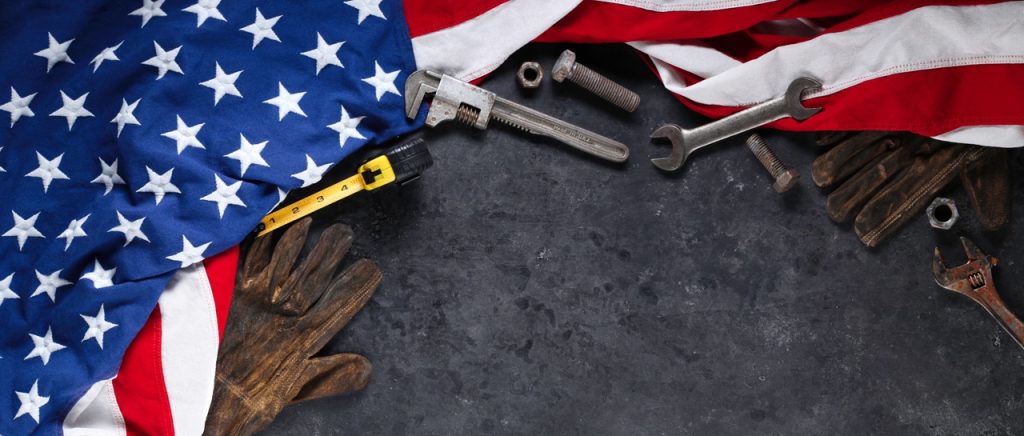
“Made in the USA” isn’t just a nod to our heritage—it’s our plan for the future.
Additive manufacturing is helping companies reclaim control, move faster, reduce waste, and create high-quality jobs here at home. And at ABCorp 3D, we’re proud to be driving that progress forward.
ABCorp 3D’s investment in additive manufacturing is rooted in both tradition and transformation. We’ve seen a lot of change over the past two centuries, but this moment, and this technology, might be one of the most exciting yet. The future of manufacturing isn’t overseas. It’s here. It’s local. And it’s already happening.

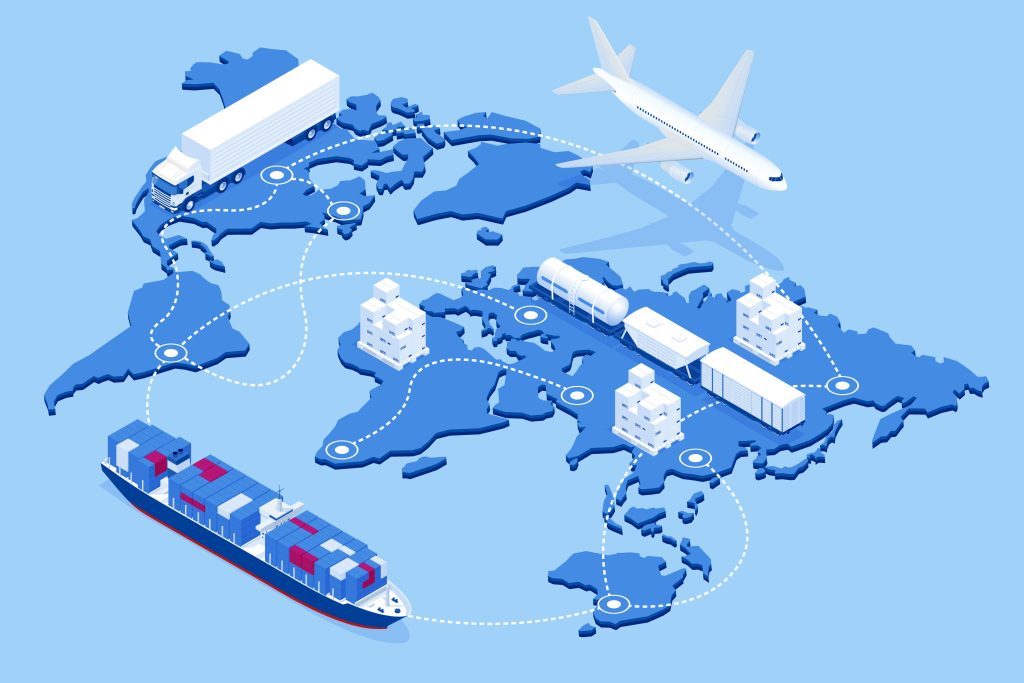
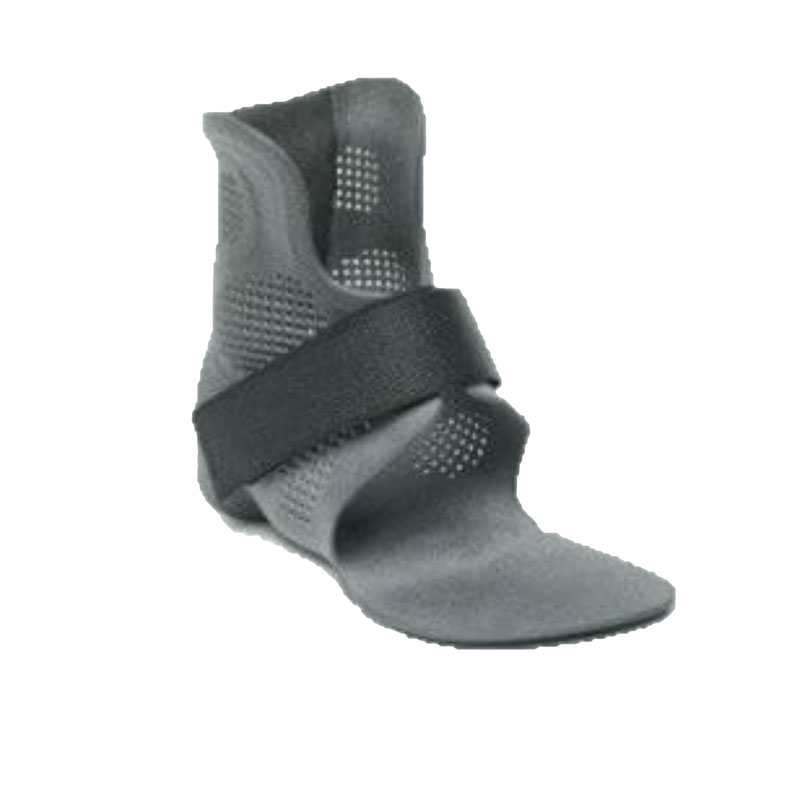 Everyday Innovation in Healthcare: Sustainable Solutions for Life
Everyday Innovation in Healthcare: Sustainable Solutions for Life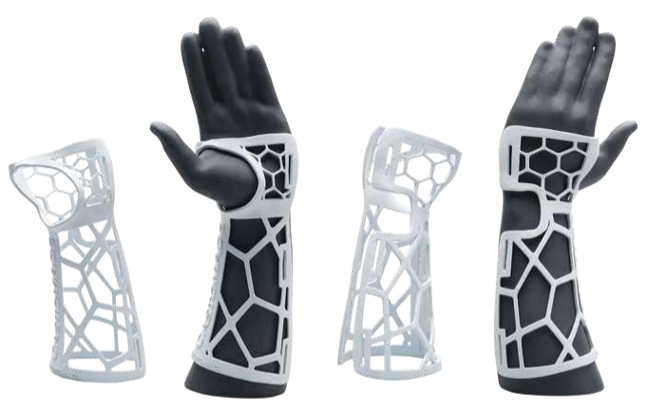 Elongation: Flexibility Without Compromising Strength
Elongation: Flexibility Without Compromising Strength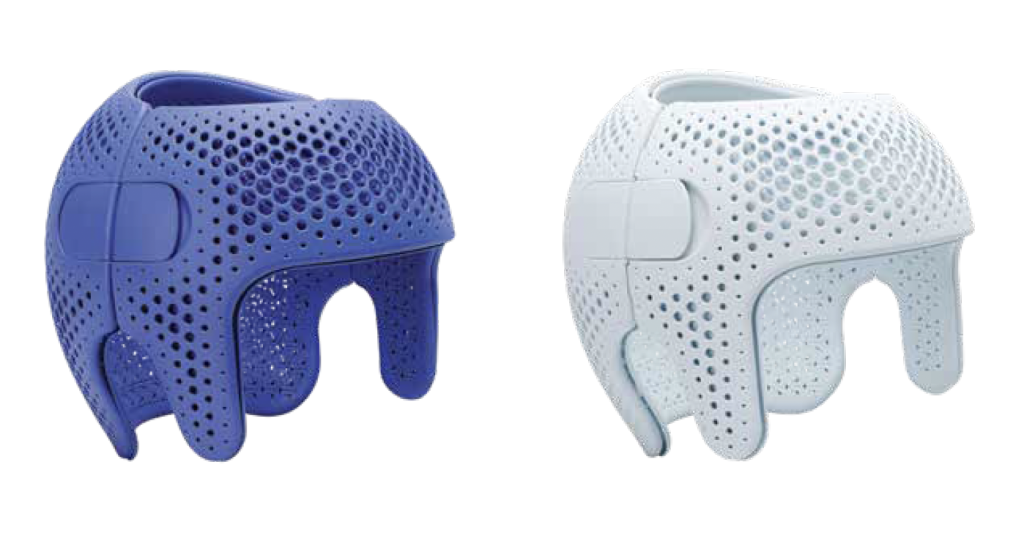 Print Profile and Performance Testing
Print Profile and Performance Testing
